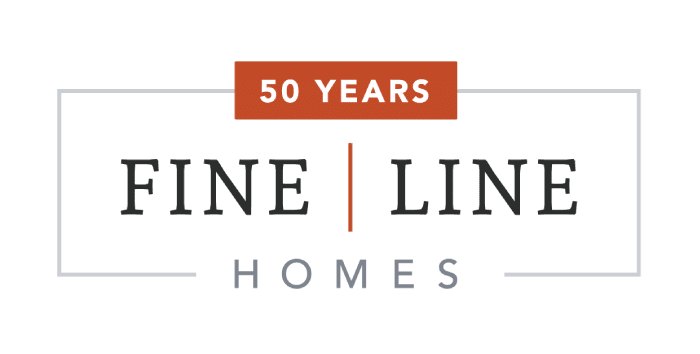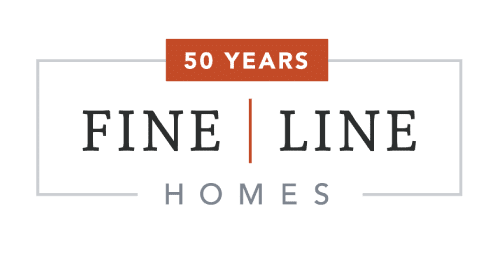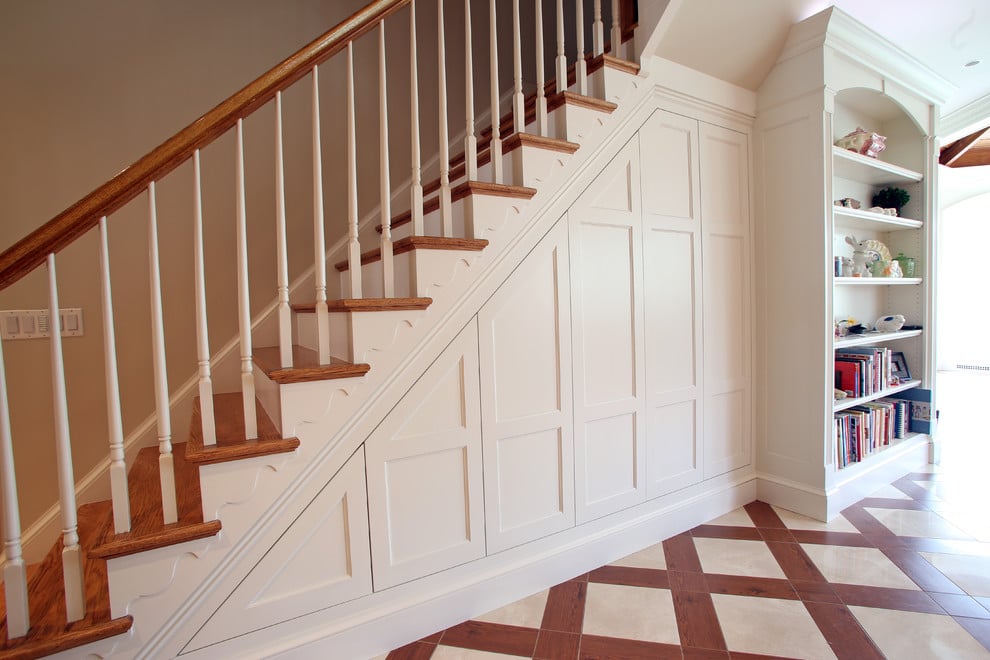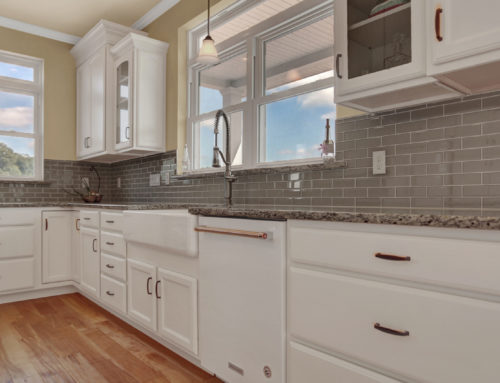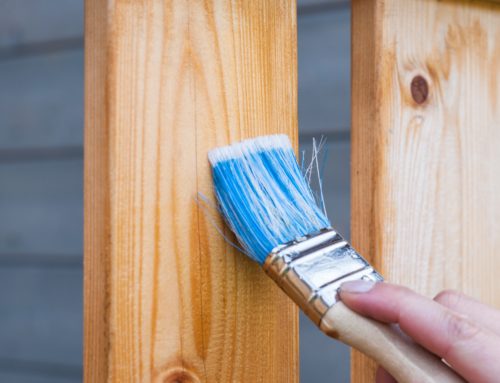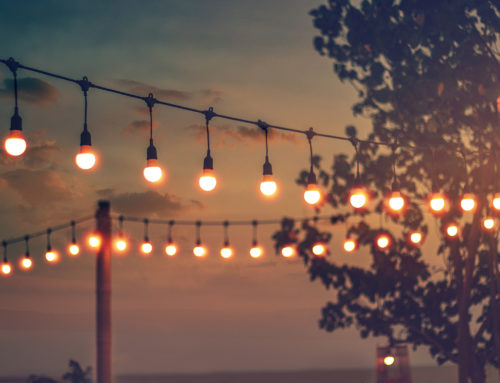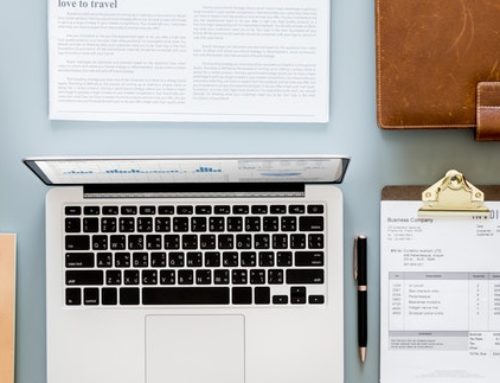By: Jan Soults Walker who is a nationally published home improvement writer. Jan Soults Walker and her husband, Dave, once built a window seat with flanking bookcases into a kitchen. It remains one of their favorite storage projects to date.
Sweep out the dust bunnies. Clear away the clutter. Time to put wasted space beneath the staircase to work with these customized storage solutions.
Closet:
One of the simplest and most common under-stairs storage solutions, a closet can be lined with shelves and equipped with wire organizers to provide an abundance of organizational space. Include a light fixture in your plans.
Related: The Right Light Bulb for the Job
Cost: $250 to $500. Add $1,700 for professional installation; custom closet systems start at $1,000 and may climb to $30,000 for premium woods and all the bells and whistles.
Open shelves:
Rather than keep your belongings undercover, line the space beneath your staircase with built-in shelves that provide access from the side of the stairs. Use wicker baskets or canvas bins to corral smaller items.
Cost: If you do it yourself, $200-$500. Expect to pay $1,000-$3,000 for custom-made shelves built by a professional finish carpenter.
Related: Between-the-Studs Shelving and Storage: Find Your Niche in Life
Drawers:
Drawer storage allows full view and access to your belongings in one smooth motion. Accessed from one side of a staircase, drawers can be designed in a variety of depths and widths. Or, build drawers into the risers of one or more steps.
Cost: $200-$500 if you do it yourself; $2,000-$5,000 if it’s a custom-made built-in by a finish carpenter.
Related: See how one mom turned her yucky basement stairs into pullout storage.
Cabinets:
Built-in cabinets can feature solid doors or doors with glass inserts. Use clear glass when you want to keep books and treasures on display, or choose decorative opaque or translucent glass to obscure the contents.
Cost: $1,000-$20,000
Combination:
You’re not limited to any single storage solution; instead, use a combination of shelves, cabinets, drawers, and other features to suit your needs. Options include wine cubbies, pullouts with rods for hanging linens, or rolling bins. In an entryway, build in under-stairs alcoves equipped with pegs or hangers for jackets, hats, and backpacks; include a bench for sitting and tying shoes.
Visit HouseLogic.com for more articles like this. Reprinted from HouseLogic.com with permission of the NATIONAL ASSOCIATION OF REALTORS®.

